Introduction
If you've ever bitten into a perfectly grilled rib and wondered why it tastes so good, the secret might lie in the BBQ spice rub. Whether you're grilling for friends, feeding your family, or entering your neighborhood cookout competition, using the right blend of bbq spice can make all the difference.
What Exactly is BBQ Spice?
BBQ spice isn’t just one thing—it’s a category of seasoning blends designed to enhance grilled meats, veggies, and even tofu. While recipes vary, most mixes contain some combination of paprika, garlic powder, onion powder, brown sugar, chili powder, cumin, and salt.
- Paprika: Adds color and mild smokiness
- Brown Sugar: Balances heat with sweetness
- Garlic & Onion Powder: For savory depth
- Chili/Cayenne: Kicks up the heat
- Salt & Pepper: Enhances overall flavor
Common Types of BBQ Spice Blends
| Type | Main Flavor Notes | Best For |
|---|---|---|
| Texas Style | Smoky, Peppery | Beef ribs, brisket |
| Kansas City | Sweet, Tangy | Pulled pork, chicken |
| Carolina (Eastern) | Vinegary, Mustardy | Pulled pork sandwiches |
| Memphis Dry Rub | Spicy, Bold | Smoked ribs, turkey |
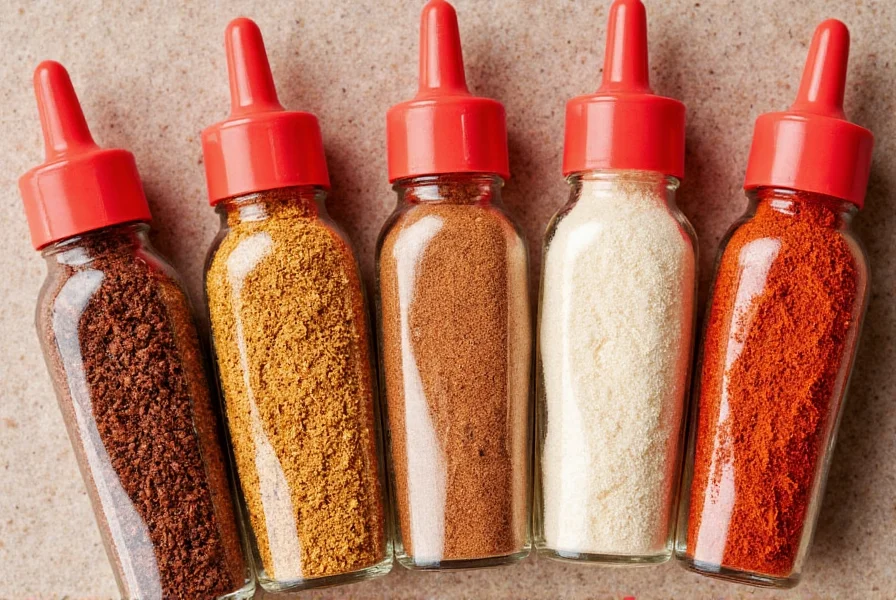
Top 5 Practical Tips for Using BBQ Spice Like a Pro
- Apply Generously but Evenly: Don't be shy—rub should cover every inch. But avoid clumps!
- Let It Rest: Apply at least 30 minutes before cooking, or even better—overnight in the fridge.
- Don’t Skip the Fat: A light coat of oil helps the spices stick and bloom their flavors.
- Layer Flavors: Combine dry rub with marinades or sauces for a multi-dimensional taste.
- Adjust to Taste: Customize your blend! Add more sugar for sweeter notes, or more chili for extra heat.
How to Choose the Best BBQ Spice Blend
Selecting the right bbq spice depends on what you’re cooking, who’s eating, and where you are. Here’s how to decide:
Consider Your Meat Type
- Brisket / Ribs: Lean toward Texas or Memphis styles—smoky, peppery, bold
- Chicken: Kansas City-style works great, or try a poultry-specific rub
- Seafood: Lighter, citrus-forward blends with smoked paprika and herbs
- Vegan Grilling: Look for umami-rich rubs with nutritional yeast, mushrooms, or smoked salts
Know Your Audience
Is your crowd adventurous or more conservative? Here’s how to tailor your rub accordingly:
- Kids or Mild Lovers: Go sweet and low-heat like classic KC style
- Spice Seekers: Try Caribbean jerk or Mexican chili-lime blends
- Veggie Fans: Herby or smoky rubs work well with eggplant, portobello, and corn
Match the Occasion
| Event | Recommended Rub | Why? |
|---|---|---|
| Backyard Barbecue | All-purpose BBQ blend | Flexible, crowd-friendly |
| Game Day | Hot & spicy | Pairs well with wings and beer |
| Fancy Dinner Party | Artisanal or small-batch blend | Elevates presentation and flavor |
| Camping Trip | Simple, easy-to-use | Less mess, easier prep |
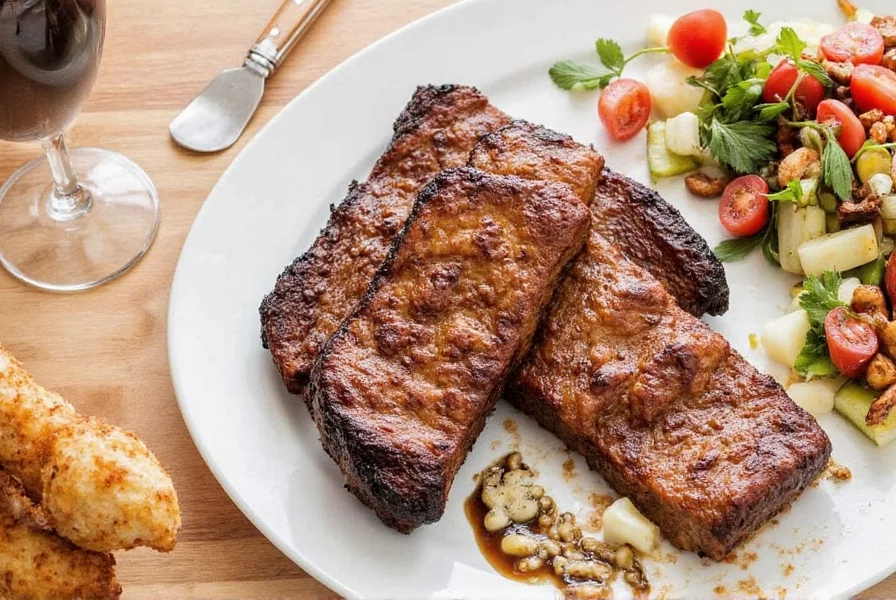
Our Top Picks for Best BBQ Spice Blends
Here are five standout options we tested across flavor profiles, ease of use, and versatility:
1. The Pitmaster’s Choice – Stubb’s Original BBQ Rub
- Flavor Profile: Balanced sweet-smoke with a hint of spice
- Use Case: Versatile on chicken, pork, and even roasted potatoes
- Audience: Great for beginners and families
- Occasion: Perfect for casual backyard barbecues
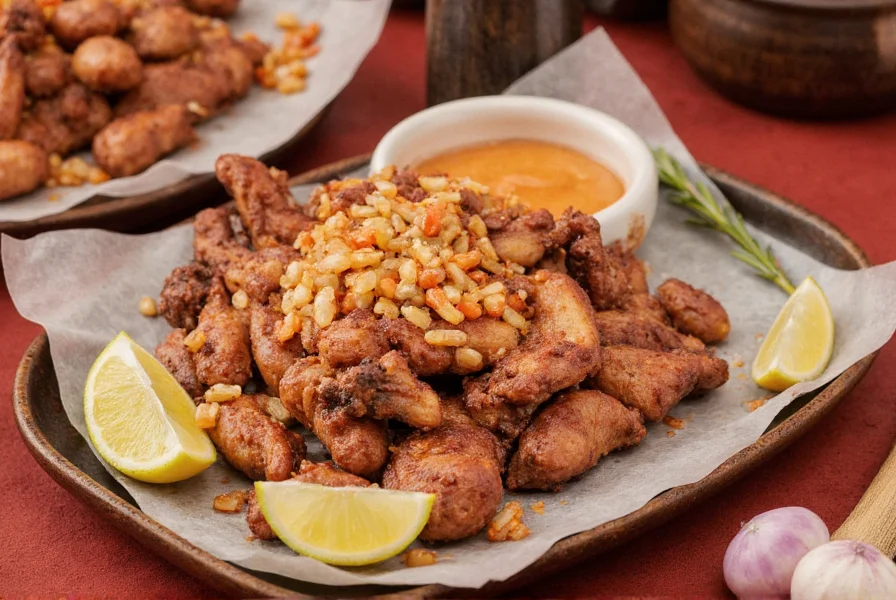
2. Spice Hunter Bold & Smoky
- Flavor Profile: Intense smoke, deep umami
- Use Case: Ideal for brisket, ribs, or grilled mushrooms
- Audience: BBQ purists and carnivores
- Occasion: Competition grilling or serious smokers
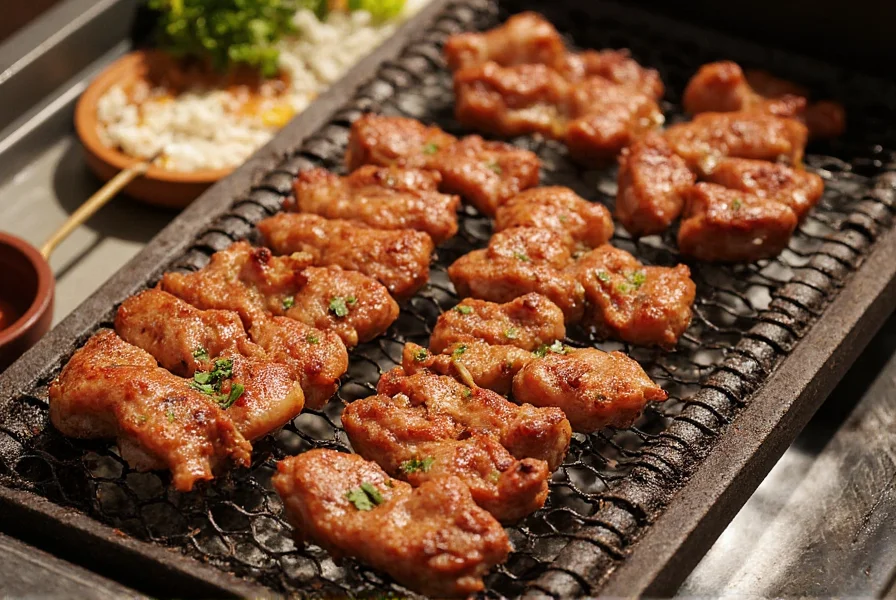
3. Big Taste – Montreal Steak Meets BBQ
- Flavor Profile: Garlic-heavy with black pepper punch
- Use Case: Amazing on steak, burgers, and lamb chops
- Audience: Fans of steakhouse flavors
- Occasion: Weekend grilling or steak nights
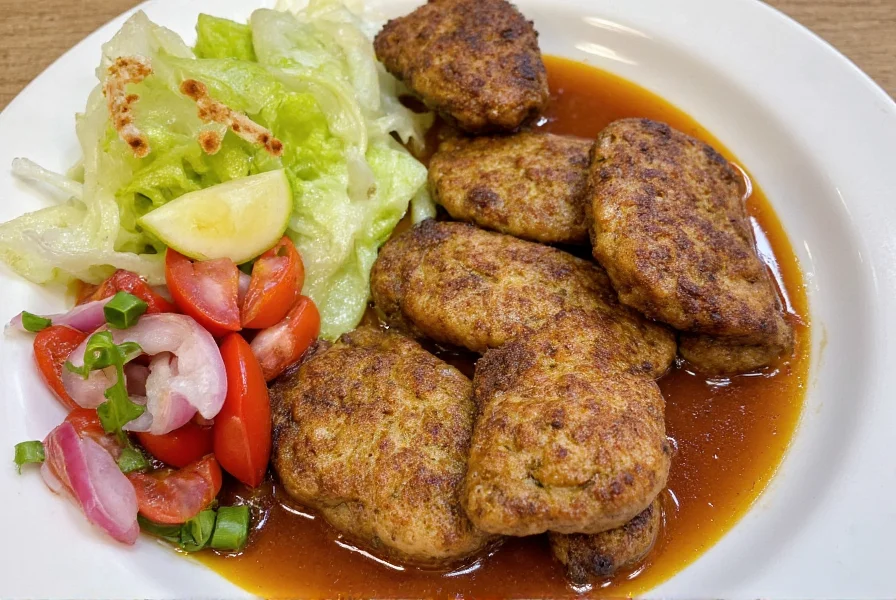
4. Sweet Southern Heat – Ozark Magic
- Flavor Profile: Sugary cinnamon finish with underlying spice
- Use Case: Excellent on pulled pork and baked beans
- Audience: Families and sauce lovers
- Occasion: Picnics, potlucks, summer parties
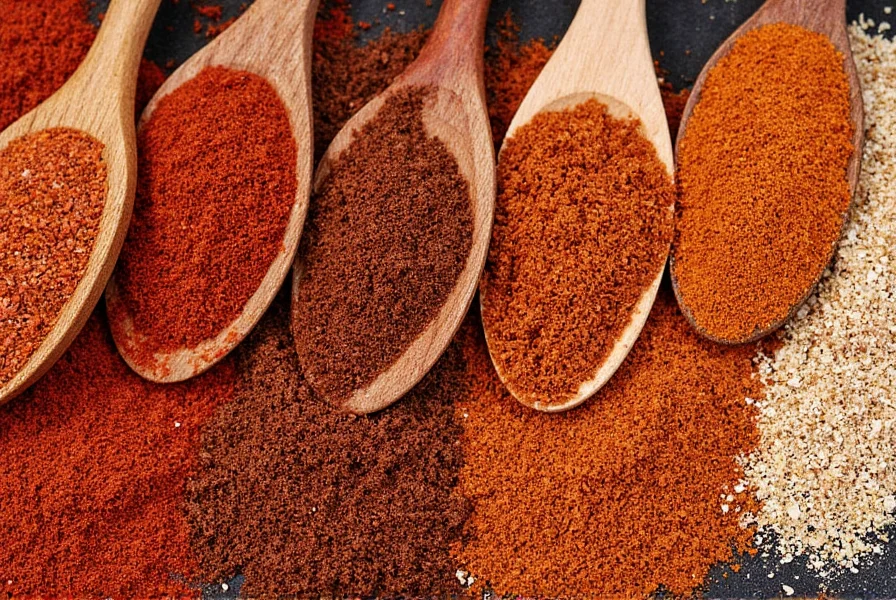
5. Global Twist – Jamaican Jerk Fusion
- Flavor Profile: Citrusy, hot, aromatic
- Use Case: Fantastic on chicken, shrimp, or plantains
- Audience: Adventurous eaters and fusion foodies
- Occasion: Tropical-themed dinners or outdoor fiestas
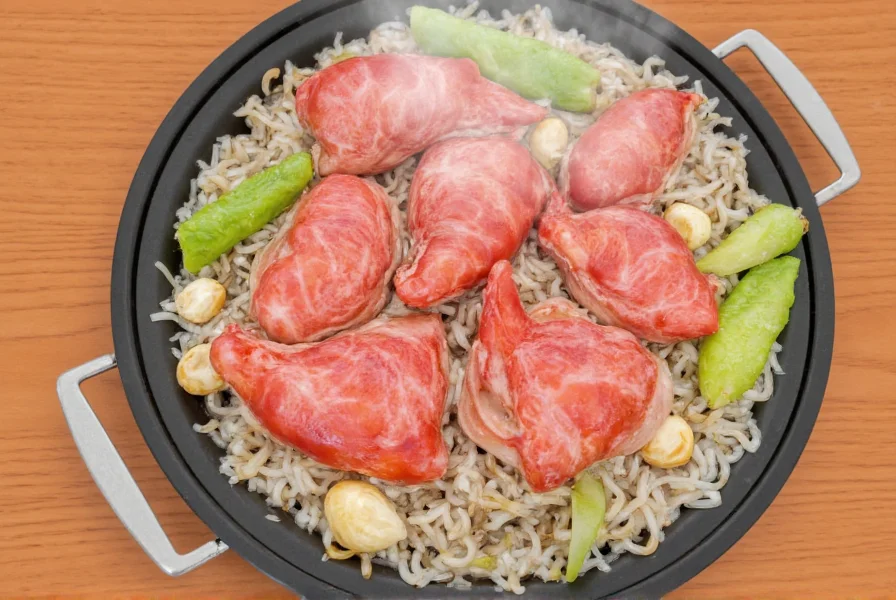
Making Your Own BBQ Spice Rub
Want full control over flavor? Make your own blend at home! Here’s a simple recipe that serves as a base you can tweak:
Classic Homemade BBQ Rub (Makes ~¼ Cup)
- 2 tbsp brown sugar
- 1 tbsp smoked paprika
- 1 tsp garlic powder
- 1 tsp onion powder
- ½ tsp black pepper
- ½ tsp chili powder
- ½ tsp cumin
- ½ tsp salt
Customization Ideas
- Add ½ tsp mustard powder for a Carolina twist
- Swap chili powder for cayenne for more heat
- Use white sugar instead of brown for a lighter note
- Add cinnamon or cocoa for a mole-inspired rub
Storing and Shelf Life
To keep your spices fresh:
- Store in airtight containers away from heat and light
- Label each mix with date and flavor type
- Shelf life: Up to 6 months for homemade, 1 year for store-bought
Conclusion
Mastering the art of BBQ spice is like unlocking a secret level in your grilling game. Whether you go pre-made or DIY, understanding the basics will help you bring out deeper, richer flavors in everything you cook. So next time you fire up the grill, don’t skimp on the rub—your taste buds (and guests) will thank you.
From sweet to spicy, smoky to zesty, there’s a perfect bbq spice blend for every meat, mood, and moment. Happy grilling!

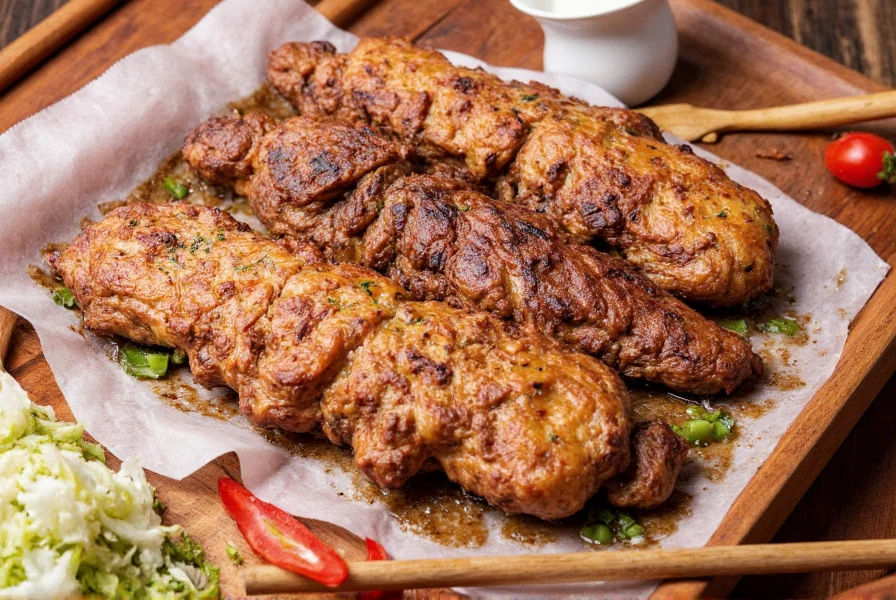









 浙公网安备
33010002000092号
浙公网安备
33010002000092号 浙B2-20120091-4
浙B2-20120091-4